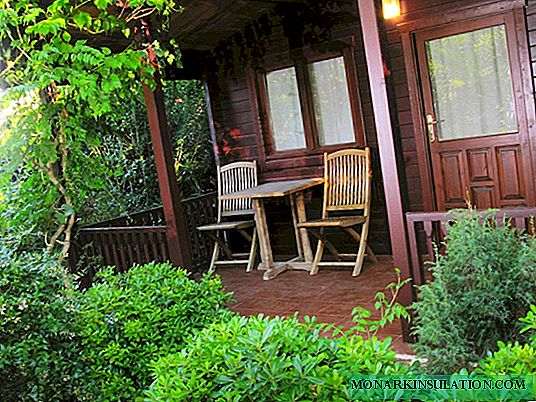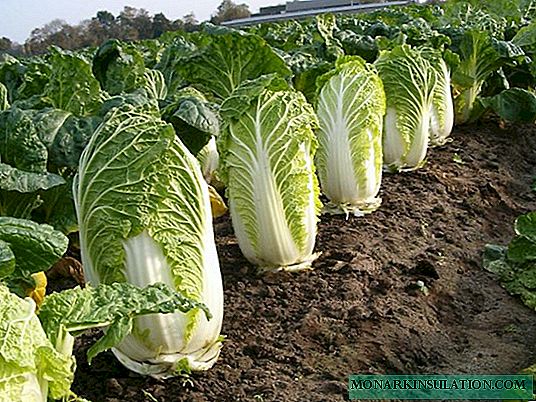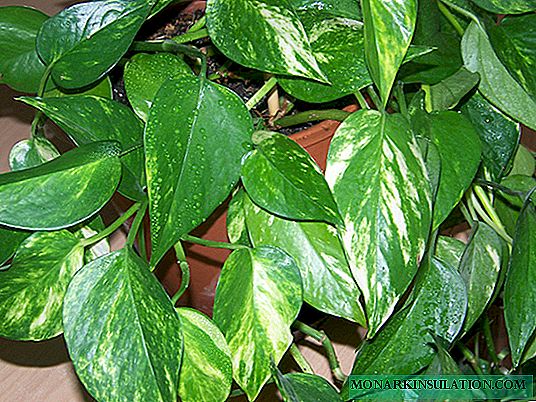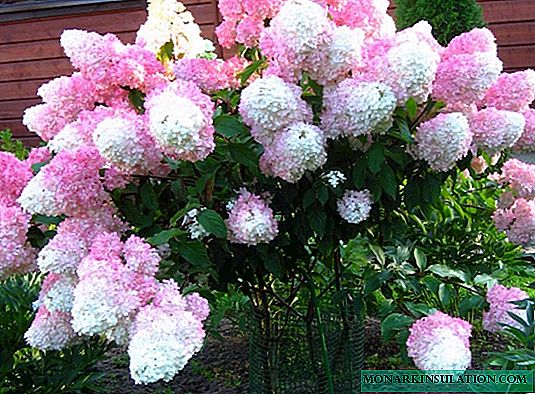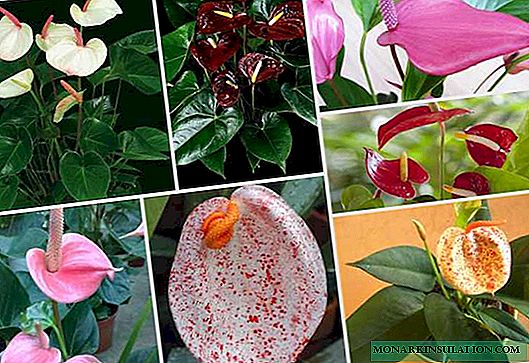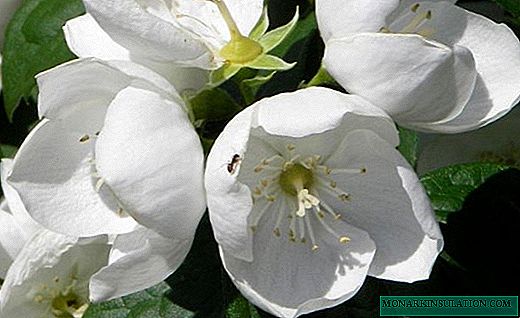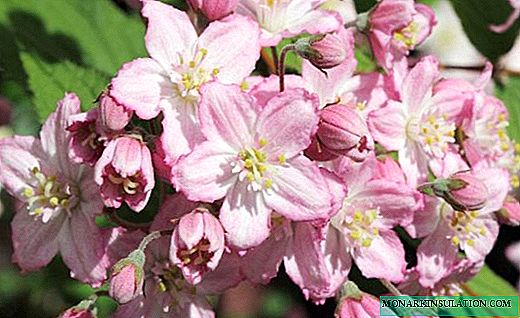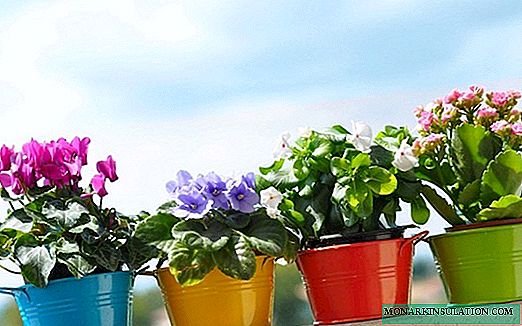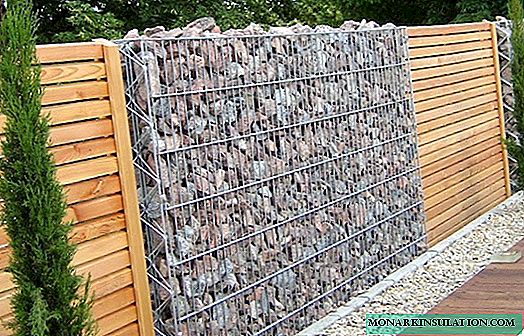
The fence is the first thing the owner of the cottage takes care of after building the house and summing up the communications. A strong fence protects against intruders, closes it from prying eyes, decorates the house area. And that's not all. In addition to performing its direct functions, it also plays a symbolic role - it denotes the boundaries of possessions, where a person feels himself a sovereign master. What types of fences exist? How to choose the right type and material, depending on the needs of each owner of the cottage?
Criteria for choosing the type of fence for a summer residence
Land owners are guided by their own needs, choosing the type of fence for a summer residence. Three main functions of the fence:
- definition of boundaries;
- property security;
- landscape decoration.
All fences perform these functions to a greater or lesser extent. However, the owners usually focus on one point. If it is important for the owner to simply indicate the boundaries between the plots, a light fence or hedge of shrubs or other ornamental plantations is suitable. If special attention is paid to the issue of security, then a more durable and reliable fence is needed.
In any case, it is desirable that the design looks aesthetically pleasing and does not spoil the general view of the local area, but ideally decorates it. It is good if the fence is easy to maintain and inexpensive to repair.

For a solid fence made of durable material, the owner will always feel safe
Of fundamental importance are the material and design of the structure. For example, a tree is great for creating a country-style landscape, wicker fencing is used as an important element in decorating a folk-style plot, stone and decorative finishing bricks are ideal for classics, and weightless-looking openwork metal structures decorated with floral compositions look very romantic .
As for the material, the strength, durability and practicality of the fence depend on it. In order to correctly determine the functionality, the owner needs to objectively assess their own needs.

Low metal fences are appropriate on the border between sites or in guarded cottages.
The principle of choice of supporting structures and cladding
Fences can vary significantly among themselves, but structurally they are all the same, consist of load-bearing elements and lining. As supporting structures, vertical posts and horizontal runs are used to secure the skin and gates. It is logical to use the same of which the house is built as covering materials. However, this is not always possible, because It is necessary to take into account weather and natural factors:
- Type of soil. Different soils are able to hold load-bearing structures in different ways, so the supports should be selected taking into account the type of soil. Depending on the pillars and the foundation, the choice of cladding material may also change.
- Wind load. During the construction of the fence in areas where strong gusts of wind are possible, its wind resistance is of great importance. On open landscapes, more powerful structures need to be erected than in the same climatic conditions, but in densely populated areas. Structures built on a strong foundation with cracks or gaps between the skin elements have good wind resistance.
- The general style of the site. The aesthetic component is also important, so the fence should fit into the style of the site. This affects the choice of design and type of cladding.
Depending on the functional features, two types of fences are distinguished - barriers and protective structures. The first ones are needed to prevent the entry of foreign cars, the care of the territory of the site of the child or animals. These are, as a rule, low, but strong constructions. Protection fences block access to unwanted guests and intruders. They are high capital constructions made of durable materials - stone, metal, brick. They are made taller than human growth.

Fences-barriers do not perform protective functions, but they determine the boundaries of the plots and decorate the landscape
Legal aspects when installing the fence
When choosing the type of fence for a summer residence and its installation, it is necessary to take into account the legal documents regulating these aspects. The focus should primarily be on SNiP 30-02-97, which regulate the planning and development of territories of horticultural associations, and SP 11-106-97 on the procedure for the development and approval of design and planning documentation. Prior to the construction of the fence, all necessary permits must be obtained from the competent state authorities. All buildings in the suburban area must be legalized.
In accordance with the requirements of building codes, it is necessary to develop a design project so that it does not obscure neighboring areas. Part of the fence, facing the street or into the driveways, can be made of any materials, regardless of their transparency. This is possible in cases where a corresponding decision was made at a general meeting of a summer residence. The height of such a fence can be 2 m. And between the sites you need to install mesh or trellised fences, the height of which should not exceed 1.5 m. Fences are installed 3 m from the houses and 4 from the outbuildings.

According to construction standards, the fences between sections should be transparent. For their construction, you can use polycarbonate
Types of foundations for fences
Usually two types of foundations are used - strip and pillar (columnar). The first is more preferable if you need to put the casing of solid materials. The technology of its creation is simple:
- Under the foundation, a ditch of the required depth is prepared (usually not less than 30 cm), the strength and durability of the future design depend on this.
- The bottom of the ditch is covered with gravel or gravel, well moistened with water.
- In the prepared trench, a reinforcing cage and formwork are installed. The formwork is built so that the monolithic foundation is about 20-40 cm high above the ground.
- Next, the structure is poured with a solution. If it is planned to fence from separate spans, then put the posts at the right distance from each other.

The design of the strip foundation for the fence remains unchanged regardless of which sheathing material is selected
The column foundation is suitable for fences consisting of individual spans. They do it like this:
- Calculate the number of pillars, focusing on the total length of the fence and the length of the spans.
- Pits are prepared by drilling them in the ground with an ordinary garden drill. Pits with a diameter of 20 cm are drilled to a depth of 1 m.
- Pillars are installed in the pits, verified the correct location by level and poured with cement-sand mortar.

Column foundations are well suited for installing corrugated board, slate, netting
A variety of materials for the construction of fences
Almost any materials can be used as a sheathing of the fence, and every year their diversity is only growing. Fences made of such materials are common:
- Metal. Fences are made of profiled sheet, in the form of welded, forged structures, netting, finished sections, consisting of a metal corner with a stretched mesh.
- Tree. Use croaker, boards, vine. The most common type of wooden fence is from a picket fence.
- Brick, stone, concrete. Now eurofences for giving are very popular. These are strong and reliable designs. Their advantage is ease of assembly.
- Plastic, polycarbonate. Plastic designs are not yet very common, but are gradually becoming more popular.
Wooden fencing - "classic of the genre"
Fences made of wood appeared first. They are known from ancient times and still have not lost their relevance. A wooden fence can be made in the form of a wattle fence and perform purely decorative functions, and may look like a solid wooden wall. Wicker wicker from the vine does not need to be painted, it indicates the boundaries of the site, but is not a defense against intrusion. This fence is well suited for owners who want to decorate the site in a "rustic" style. A solid fence closes the yard from prying eyes and serves as a good defense.
Natural wood fences are well combined with other building materials. They are environmentally friendly, do not heat up, are pleasant to the touch, look good with proper care. They must be painted or varnished, treated with antifungal compounds. Modern impregnations and paints and varnishes allow for a long time to preserve the original appearance of the fence. The disadvantages of wooden fences include flammability. Even treated with flame retardants, they can ignite if handled with care. Install them on poles, concreted into the ground, and transverse supports.

There are many options for decorating a wooden fence. One of them is drawing.
Metal is a reliable material for the fence
Very popular fences from corrugated board. They do not require special care, neatly look and reliably protect the adjacent territory. Structures are easy to assemble, and due to the affordable cost of the material, almost every owner of a summer house can afford them. Fences made of metal mesh-netting and finished mesh spans are indispensable in the construction of fences between sections.
They are successfully used as supports for weaving plants that adorn the adjacent territory. Very beautiful metal fences from forged sections. They are easy to assemble: finished spans are mounted on supports. The openwork pattern of the forged fence emphasizes the taste and aesthetic preferences of the owner of the cottage.

Metal fences are very diverse, you can choose the appropriate design option in any style
The advantages of stone and brick structures
The safest, but also massive structures are made of concrete, brick and stone. These fences are extremely durable, because they are not susceptible to corrosion, are not afraid of moisture and temperature changes. They are not damaged by insects, do not "take" the fire. Capital fences withstand significant loads without any consequences. Another plus: they block street noise, so they are well suited for sites located near tracks, roads. Designs do not require special care. They can be left in their natural color, or they can be painted in the desired shade.
Increasingly, in the cottages you can see brick eurofences. They are of two types: decorative and protective. The former are durable, but designed to perform a predominantly decorative function. The second are major structures on a strong foundation that can protect against any external influences and intrusions. With all its massiveness, these fences look nice. You can find ready-made designs of original design. The minimum service life of such a structure is 20-30 years, even in the most adverse operating conditions.

Decorating a brick fence with artistic metal forging gives the fence an even more respectable look
Plastic and polycarbonate fences
They have appeared on the market relatively recently, but are gradually gaining popularity due to the unbanal appearance and practicality. Plastic is durable, hygienic, not afraid of dampness, the sun, does not burst from frost. The attractive appearance of PVC fences provides them with demand among our compatriots. However, so far few manufacturers are able to satisfy it. Protections from plastic can be any flowers, invoices, design. They are easy to install and dismantle. Of course, polyvinyl chloride is not a competitor to concrete or metal in strength, but it is quite suitable for the construction of a pleasant-looking and fairly durable fence.
Traditionally, polycarbonate sheets are used to create canopies and peaks, but they are also able to serve as fences. They are mounted on a metal frame, if necessary, combined with other materials. It turns out a color translucent design. She looks spectacular and easy to care for. In case of contamination, such a fence is wiped with a damp cloth or rinsed with water from a hose. Dirt drains easily from the surface. The cheapest polycarbonate that is often bought for the construction of fences is cellular.

Plastic fences are ideal for summer cottages. They do not require special care, look good in any landscape
Slate is a recently popular material.
Talking about the popularity of slate today is not necessary. Every year there are fewer and fewer people who want to install a fence from this material. But relatively recently, many owners of cottages and private houses put slate structures. If the owner of the site does not pursue aesthetics, but prefers an inexpensive functional fence, this option will completely satisfy his needs.
The advantages of slate include low cost, opacity, ease of installation, durability and resistance to external influences. Disadvantages: asbestos harmful to health in the composition of the material, instability to point impacts, unattractive appearance. The fence will close the site from prying eyes, will become an obstacle to the "escape" of pets, but it will not please the eye.

Protections are made of wave and flat slate. Both types of material have similar disadvantages.
Video lesson: building a fence yourself
The designs and materials for making fences vary markedly. You should choose, focusing on your immediate needs and preferences regarding the appearance. If you dwell on material that requires additional decor, consider options for decorating with climbing plants, wood carvings, and metal forging. Sometimes even ordinary facade paint can completely transform the fence. Give it a try!

